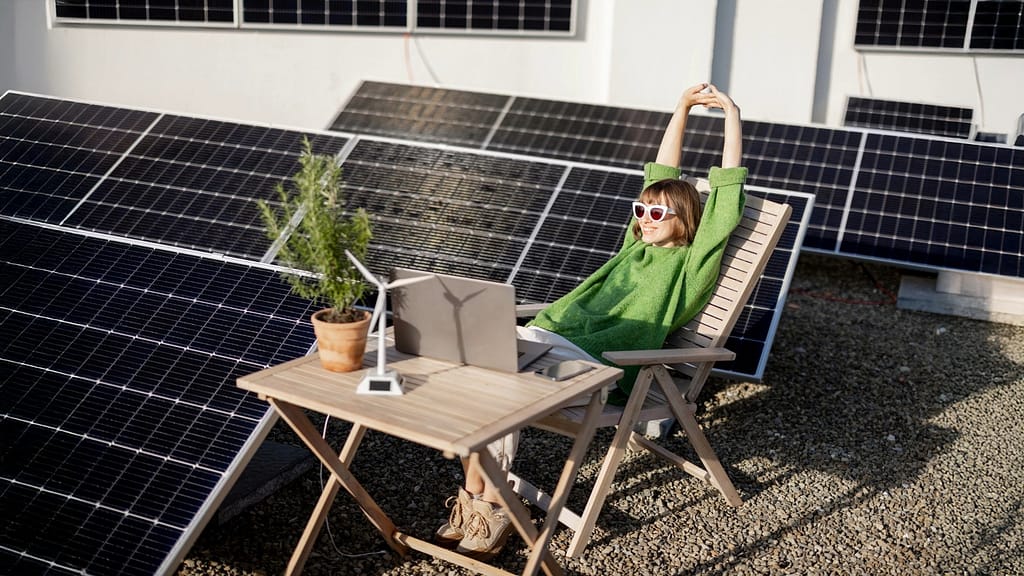
The clean energy transition isn’t just about lowering carbon emissions, it’s also about putting money back in your pocket. Thanks to Virtual Power Plants (VPPs), homeowners and businesses with solar, batteries, and EV chargers can now earn cash by supporting the grid.
If you’ve ever wondered how to maximize the value of your solar investment, VPPs are one of the most exciting opportunities on the horizon.
What is a Virtual Power Plant (VPP)?
A Virtual Power Plant isn’t a single building or facility. Instead, it’s a digital network of distributed energy resources (DERs) like:
- Solar panels
- Battery storage systems
- EV chargers
- Smart appliances
These devices are connected through advanced software and controlled as a single, flexible “power plant.” That means when the grid needs more power, or when demand is spiking, your system can respond automatically and you get paid for helping.
How Do Homeowners Get Paid from VPPs?
When you join a VPP, you’re essentially renting out your excess energy or flexible capacity to the grid. Here’s how it works:
1. Solar Energy
- On sunny days, your rooftop system may generate more electricity than your home uses. Instead of sending it back for free, a VPP compensates you for sharing that power with the grid.
2. Battery Storage
- Batteries can discharge during peak demand hours when electricity prices are highest. VPPs tap into this stored power and pay you based on how much energy you provide.
3. Demand Response
- Sometimes, reducing usage is just as valuable as supplying power. Smart thermostats or EV chargers can shift loads slightly during peak times, earning you incentives without noticeable disruption.
4. Market Participation
- In advanced markets, aggregated VPPs can bid into wholesale electricity markets. When the VPP earns revenue, those profits are shared with participating customers.
Why VPPs a Win-Win
For Homeowners & Businesses
- Lower energy bills through credits or direct payments
- New revenue stream from assets you already own
- Greater return on investment for solar & storage systems
For the Grid
- Reduced need for expensive new power plants
- Improved reliability during peak hours or emergencies
- Faster adoption of renewable energy at scale
Challenges of the current landscape
Of course with anything new there are some hurdles to work over.
- Policy & Regulation: Some states allow VPP participation today, while others are still catching up.
- Technology Integration: Your solar & battery setup must be compatible with the software.
- Program Availability: Not all utilities offer VPP programs, but momentum is growing for this program.
Good Faith Energy’s Perspective
At Good Faith Energy, we believe your energy system should work for you. Solar panels and batteries already save on electricity bills, but through Virtual Power Plants, they can also create income.
As legislation like Texas SB 1202 opens the door for new models of distributed energy participation, we’re helping homeowners prepare for the opportunities ahead. Whether it’s a Tesla Powerwall, a solar array, or an EV charger, your system can be ready to join the VPP revolution.
Final Thoughts
Virtual Power Plants are turning ordinary homes into revenue-generating energy hubs. By pooling together thousands of solar and battery systems, VPPs keep the grid stable and reward you for taking part.
The future of clean energy isn’t just about saving the planet. It’s about getting paid for the power you produce, store, and share.